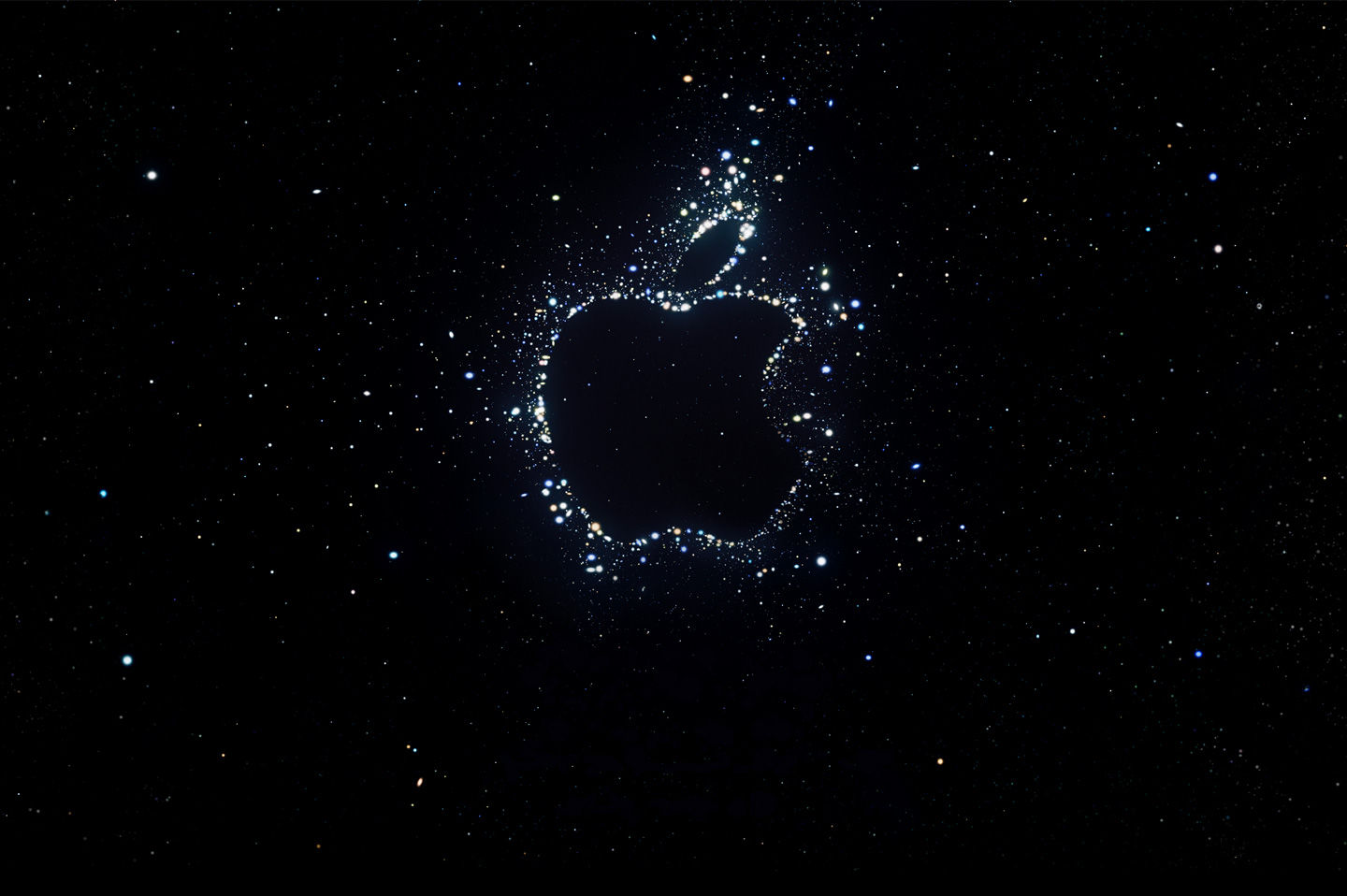In less than 12 hours, Apple will announce the release of the iPhone 14 and with it, pre-orders will go live across the world. For Indian fans, the news couldn’t come sooner.
The Rupee to the US Dollar
This time around, Indian consumers are likely to see the price of the already expensive flagship brand go higher than expected. Supply chain issues and semiconductor and chip shortages has very little to do with it.
The Indian Rupee has been struggling recently, hitting an all-time low, hitting the 80 to the US dollar mark back in July. The hike in crude oil prices thanks to the Russia-Ukraine war has a role in it. So far, there is little confidence in when the Rupee will recover or strengthen against the dollar. To that end, Apple might decide to increase its price buffer to offset market changes, given the geopolitical situation across the world.
Also Read | Apple Far Out event 2022: Full specs leaked online
Apple for its part, does not change its prices for most of its products, at least until its new products make it to market. The company usually sets a price buffer in India on top of the US dollar price in an attempt to offset any market fluctuation. Anything else is to do with India’s tax rate.
Market share in India
The company ended the 2021 calendar year in the country with 5.4 million iPhones sold in the country closing out with a 4.4% market share, according to market research firm Cyber Media Research. The firm has projected that Apple is likely to end the 2020 calendar year with 5.5% in market share, a significant step up from the 2.4% it had in 2020.
It’s cheaper iPhone variant, the SE, which was first released in 2016, did well globally. Since then, the company has released two more versions of the SE. The most recent one was launched back in March this year.
Also Read | Apple’s ‘Far Out’ launch event: 3 things to look out for
If Apple is looking to carve out a larger segment of the flagship market in the country, it might maintain the same prices it had for the iPhone 13 when it released. While it might cut into their margins back home, it affords them the chance to stay relevant in the Indian market because its products already have a buffer built into them.
Some of the components of their iPhones are made in India anyway, which helps them to keep costs down in the country. At launch, the iPhone 13 series was priced the same as the 12 series. The only difference being a raised cost for higher tiers of storage.
Even though Apple’s slice of the market has gone up in the country since the pandemic began, the company hasn’t felt like its meeting expectations. But its also not just an Indian phenomenon. Worldwide, Apple has kept its prices at a certain level to maintain their products’ premium feeling, which has helped protect revenue.
This time around, rumour has it that Apple has split its iPhone 14 into four variants, the iPhone 14 Pro Max, the iPhone 14 Pro, the iPhone 14 Plus and the vanilla variant, the iPhone 14. While the prices of iPhones like the 2020 iPhone 12 and 2021’s iPhone 13 having gone on sale for really cheap, its only a matter of time before consumers find out what’s going to happen when the new one is released tonight.







